Specify 6 Usage Stats visualizer
Modernizing a legacy PHP codebase with no documentation
One of the first projects at my first job during college was modernizing a legacy PHP codebase for an internal usage stats visualizer for Specify 6 application - an open source scientific collection management software.
The code already handled storing stats in the database, and rendering an extremely bareness interface for them. Unfortunately, copy paste was used generously during development, documentation was never written and questionable architectural decisions were made. As a result, before I could add any new features, I had to spend several days studying the project, untangling the spaghetti code and writing proper documentation along the way.
Main features
- You can see aggregate stats for all institutions, or drill down to usage patterns of users in a specific institution
- Specify 6 reports many metrics, including how often features are used and how big key database table there are. The stats visualizer allows to see user's database grows over time and how their usage patterns change. This also empowered our membership team to know when an institution decreased usage of Specify 6, and allowed them to follow up asking if assistance is needed.
- IP Addresses are resolved using ip-api.com to find approximate locations of users
- User agents are parsed to find out browser and operating system versions
- By default data for the last 100 days is shown, but any range can be selected
- The computed analytics are cached, allowing for instant refresh. Cache is updated daily automatically, but there is also a button to update it manually at any point
- Nginx's NJS was used to create an authentication screen, barring access to anyone who is not part of the Specify GitHub organization. Source code for that
- Specify 6 crash reports are reported to the stats visualizer, which can then show what errors occur most frequently, and on what platforms.
Screenshots
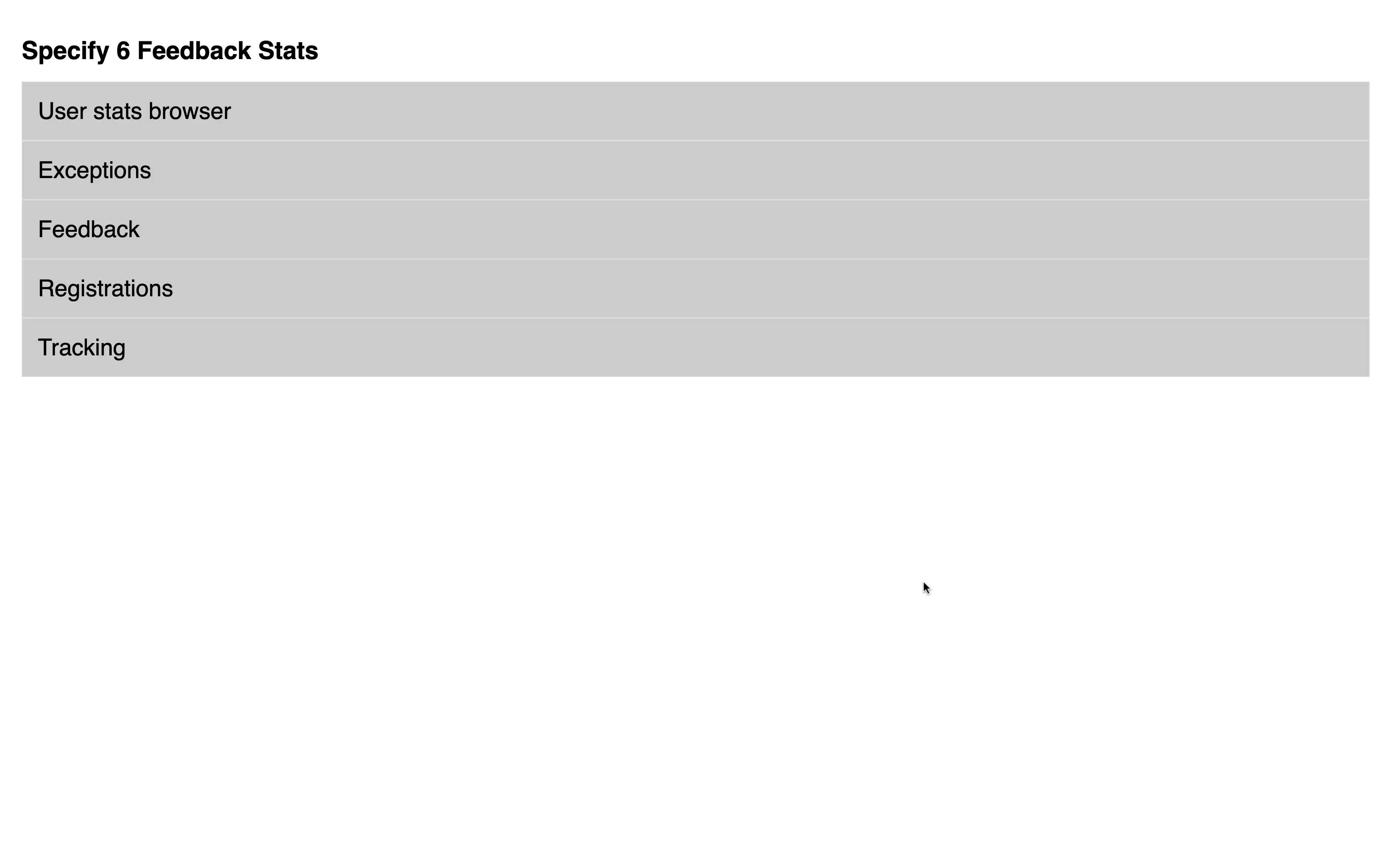
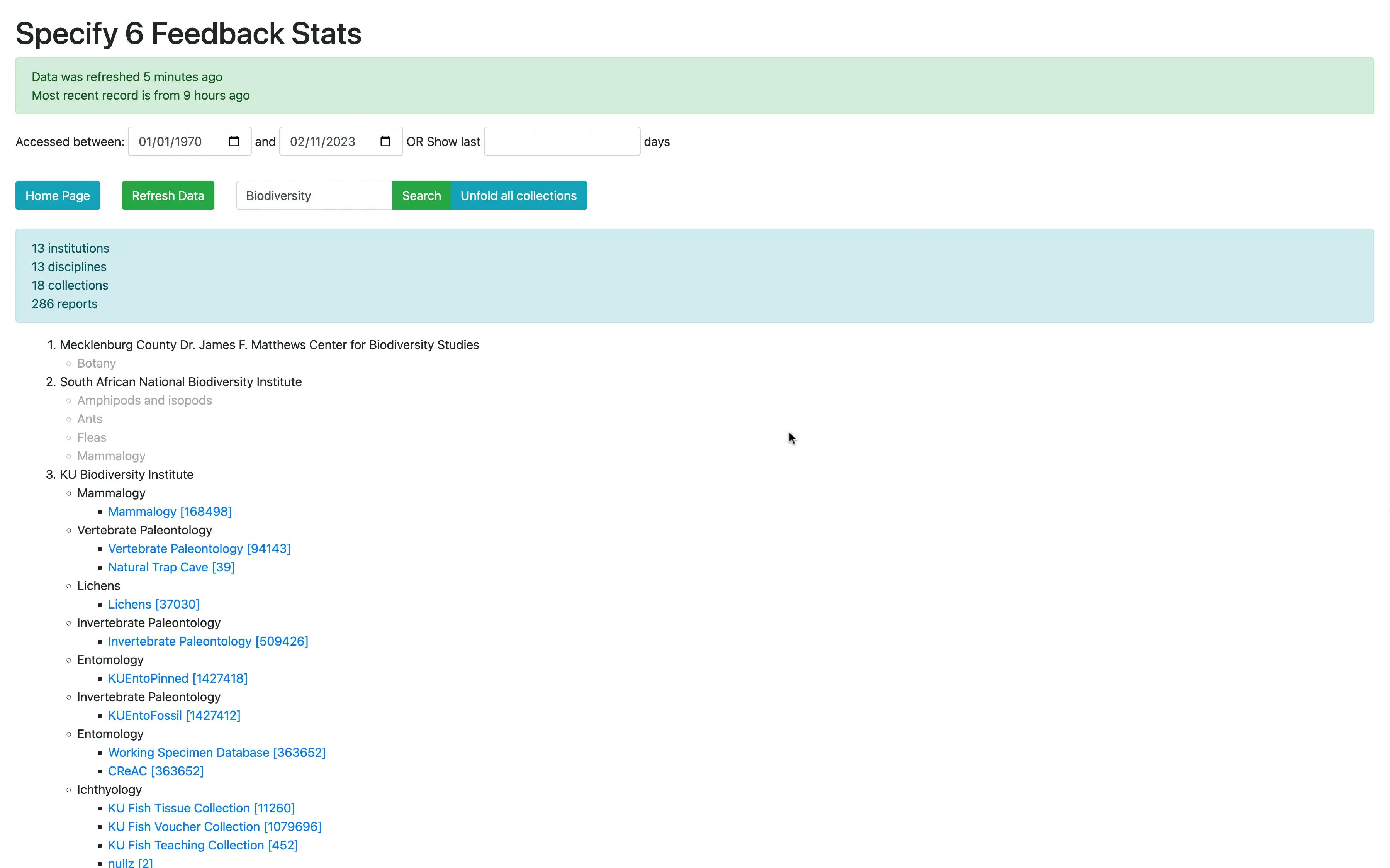
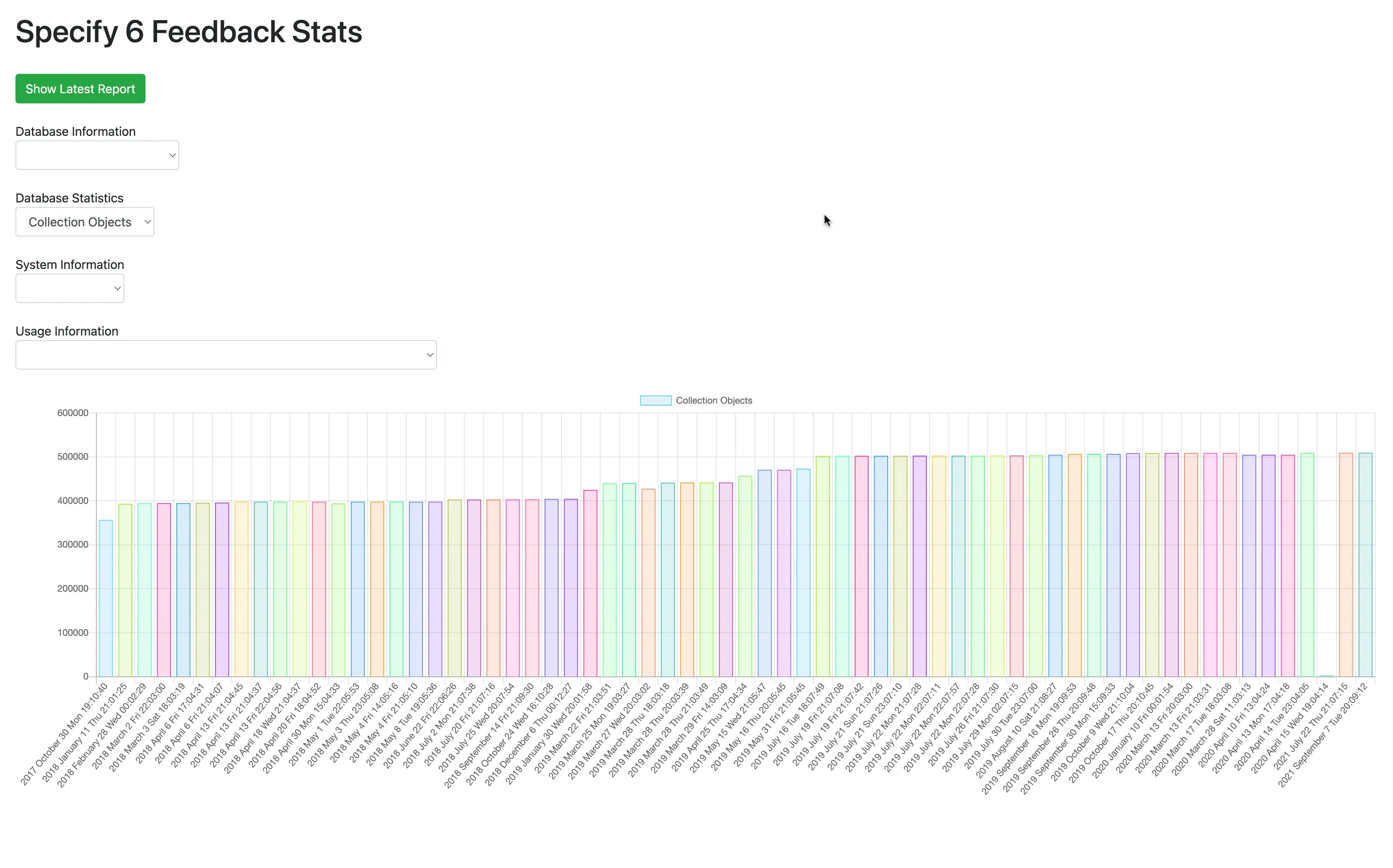
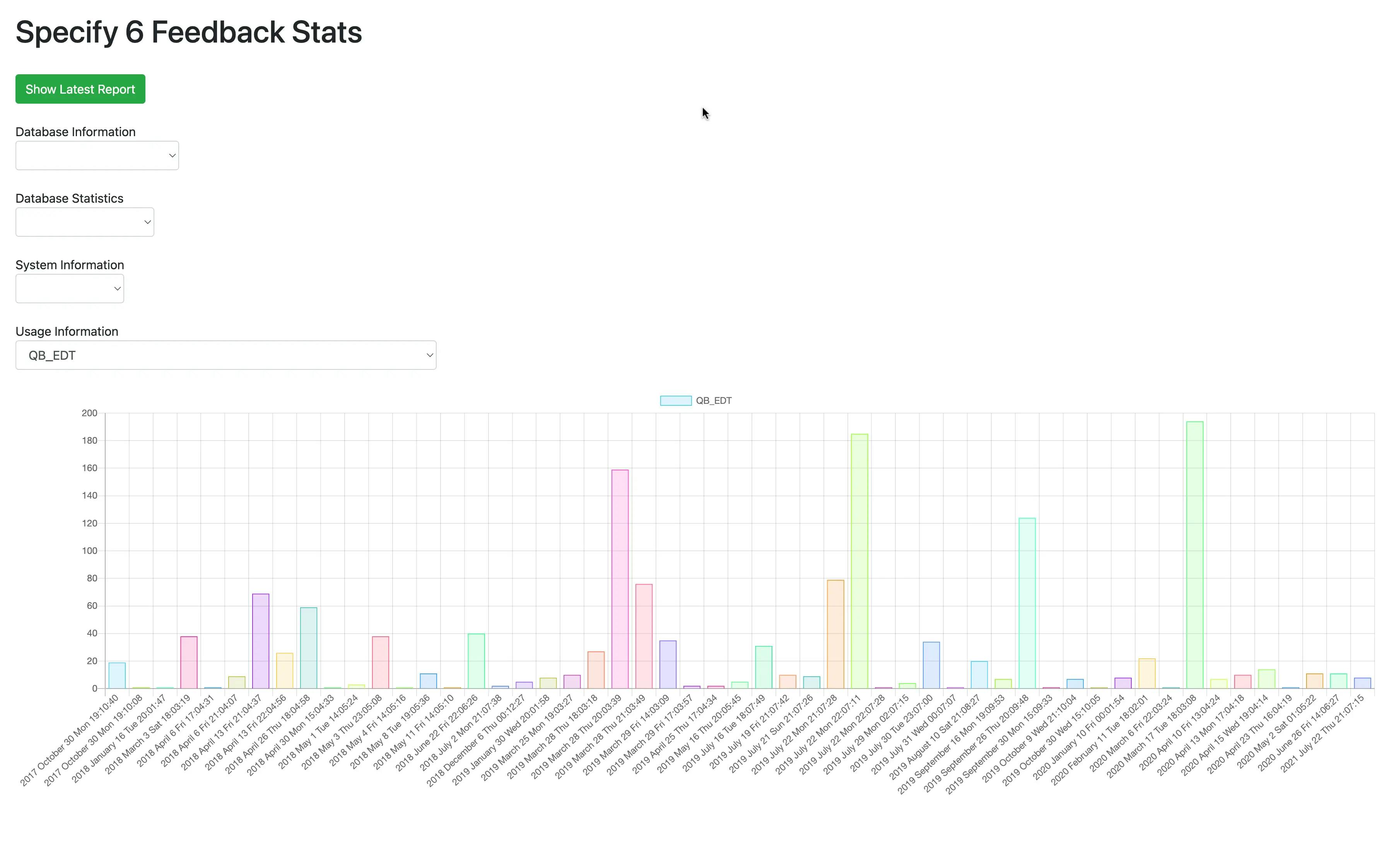
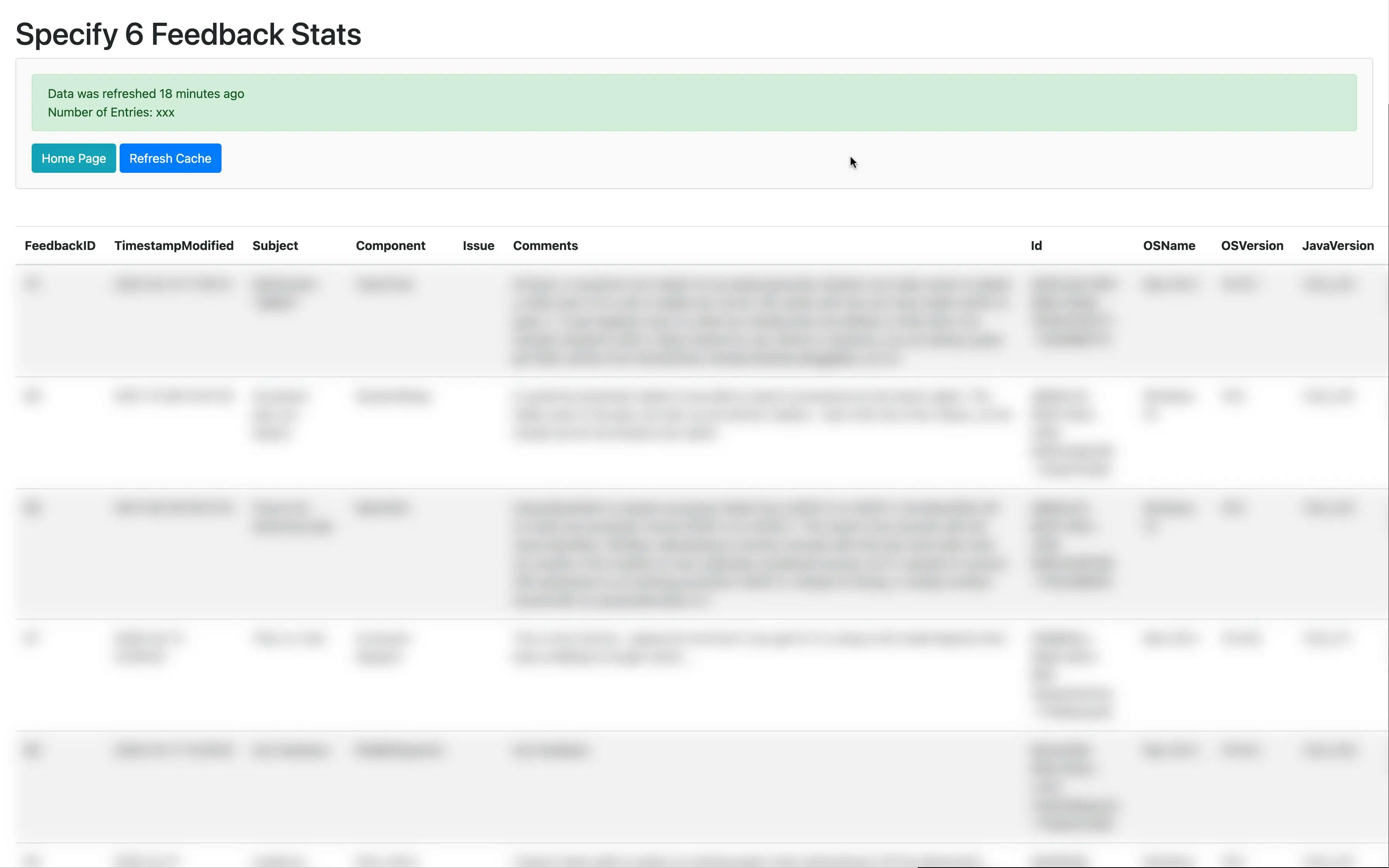

Online demo
Unfortunately, I am not able to provide a live demo URL as the tool is accessible internally only, however, you are free to look at the source code
Technologies used
- PHP
- Chart.js
- MySQL
- Nginx and NJS (for authentication)
- nginx-with-github-auth - an Nginx module I wrote
- Bootstrap
- jQuery
- GitHub APIs
Specify 7 Usage Stats
In parallel with this project, I was tasked with writing a usage stats visualizer for a separate application.See the results of that project.
Things learned
When I inherited the codebase, and so in what state it is, at times I doubted by ability to figure out what all of the code does. But, I had a vision in my head for how much better the final result could be and used that to guide me step by step.
This is where I first developed my approach for modernizing a legacy codebase:
- Learn the main features of the app
- Do a high level overview of the code
- Reformat all files and apply static checker with auto fixes to make code more readable and automate some refactoring work
- Figure out from which major components the app consists
- Start learning each component one by one, and refactoring code as you go along
- Take notes along the way, which can then be turned into documentation